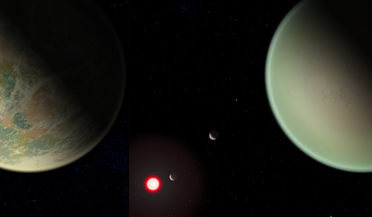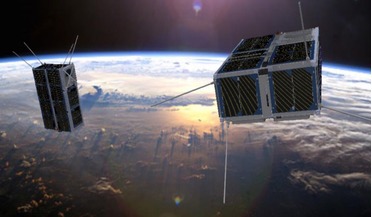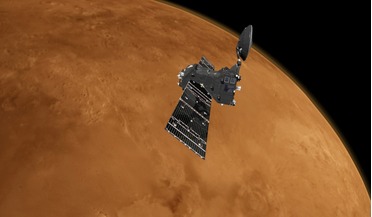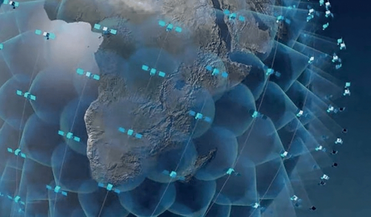 08 January 2020
New technique on finding oxygen could help find alien life
08 January 2020
New technique on finding oxygen could help find alien life
...look for light in the infrared band of the electromagnetic spectrum. This will allow the telescope to look not only...help detect water vapour in different bands of the electromagnetic spectrum to complement these studies. The James Webb Space Telescope...
 March 2017
Planetary nebulae may hold clue in search of helium-3
March 2017
Planetary nebulae may hold clue in search of helium-3
... transition of ionised 3He (represented as 3He+) and this transition can only be observed in the radio portion of the electromagnetic spectrum at the rest frequency of 8.665 GHz. Unfortunately, this transition is not very common, making the line very...
 16 September 2019
First European satellite with AI set for launch
16 September 2019
First European satellite with AI set for launch
... imagery. The main difference between the two is the number of (wavelength or frequency) bands within the electromagnetic spectrum that is observed and how narrow the bands are. Multispectral imagery collects data across 3 to 10 wavelength...
 29 July 2020
Puzzling new gas signatures found on Mars
29 July 2020
Puzzling new gas signatures found on Mars
... the surface, using the gases light signature (its spectra) which appears in the ultraviolet portion of the electromagnetic spectrum. The new results, taken by the sensitive Atmospheric Chemistry Suite (ACS) instrument on TGO, shows that it is now...
 May 2017
Future space applications and their regulatory needs
May 2017
Future space applications and their regulatory needs
... orbital debris. The near-Earth orbital domain is severely polluted with debris. We are quickly running out of electromagnetic spectrum, which is a finite and limited resource that we must learn to manage better in the face of tremendous pressure...
 June 2019
Does the speed of light change with time?
June 2019
Does the speed of light change with time?
... from us, the light it emits gets stretched, so the light is seen as ‘shifted’ towards the red part of the electromagnetic spectrum. The more distant an object, the more it will be redshifted. This unexplained discovery was awarded the 2011...